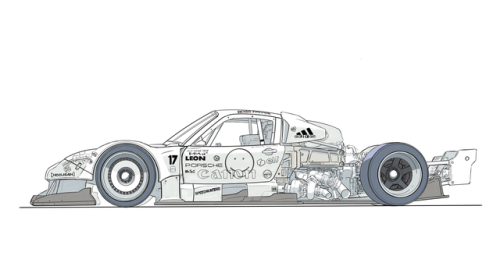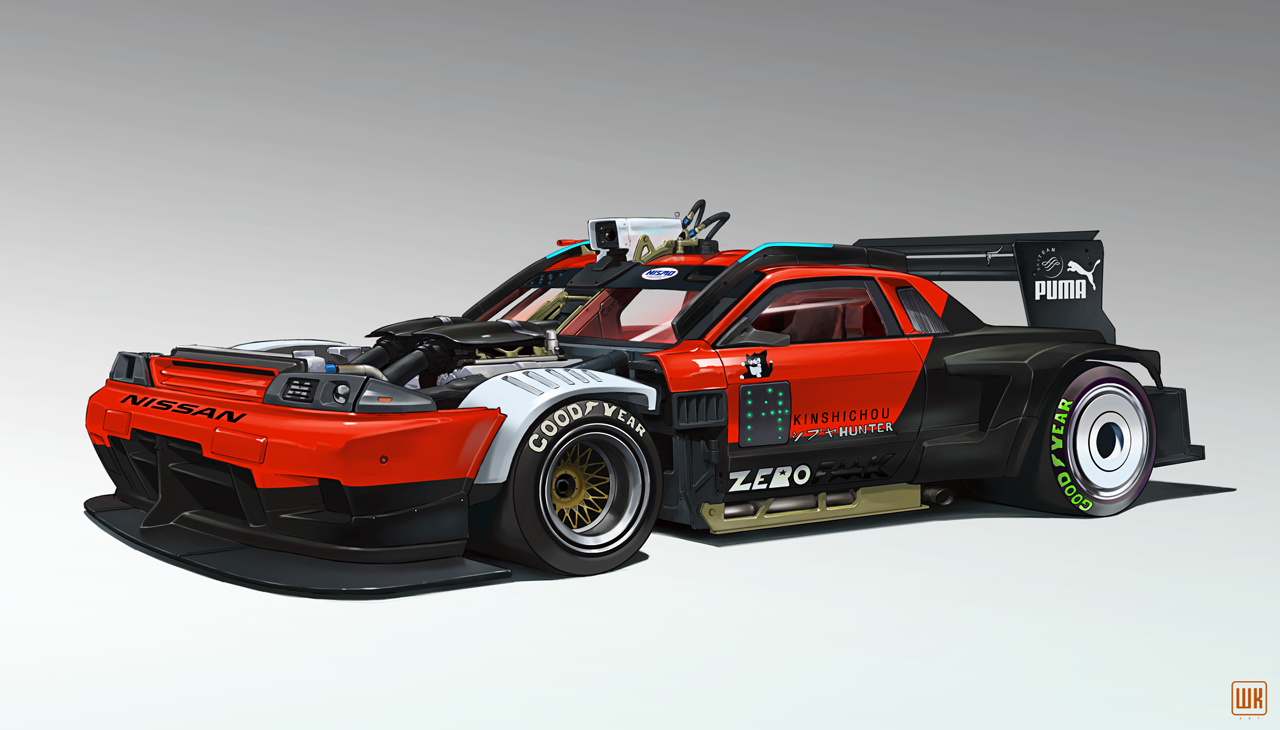

The researchers concluded that a Goldilocks zone of friction was necessary-too little friction and not enough energy was stored to power the snap, and too much friction led to energy dissipation as the fingers took longer to slide past each other, wasting the stored energy into heat. Surprisingly, increasing the friction of the fingertips with rubber coverings also reduced speed and acceleration.
#Gfinger snap art skin
"Reducing both the compressibility and friction of the skin make it a lot harder to build up enough force in your fingers to actually snap." "The compression of the skin makes the system a little bit more fault tolerant," said Challita, a coauthor on the work. They explained this decrease by considering the diminished contact area that exists between thimble-covered fingers. "So, it's probably the Hollywood special effects, rather than actual physics, at play! Sorry for the spoiler." "Our results suggest that Thanos could not have snapped because of his metal armored fingers," said Acharya, first author of the study. When the fingertips of the subjects were covered with metal thimbles, their maximal rotational velocities decreased dramatically, confirming the researchers' intuitions. "The finger snap occurs in only seven milliseconds, more than twenty times faster than the blink of an eye, which takes more than 150 milliseconds." "When I first saw the data, I jumped out of my chair," said Bhamla, who studies ultrafast motions in a variety of living systems, from single cells to insects.
#Gfinger snap art professional
However, the snap acceleration is the fastest human angular acceleration yet measured, almost three times faster than the rotational acceleration of a professional baseball pitcher's arm. The rotational velocity is less than that measured for the fastest rotational motions observed in humans, which come from the arms of professional baseball players during the act of pitching. They explored the role of friction by covering fingers with different materials, including metallic thimbles to simulate the effects of trying to snap while wearing a metallic gauntlet, much like Thanos.įor an ordinary snap with bare fingers, the researchers measured maximal rotational velocities of 7,800 degrees per second and rotational accelerations of 1.6 million degrees per second squared. Using high-speed imaging, automated image processing, and dynamic force sensors, the researchers analyzed a variety of finger snaps. With the frictional properties of a metal gauntlet, they imagined it might be impossible. After collecting them all, he snaps his fingers and triggers universe-wide consequences.īut would it be possible to snap at all while wearing an armor gauntlet, the researchers asked? In the case of a finger snap, they suspected that skin friction played a more important role compared to other spring and latch systems.

In it, Thanos, a villainous character, seeks to obtain six special stones and place them into his metal gauntlet.
#Gfinger snap art movie
Credit: Georgia TechĪcharya and Bhamla felt a particular push to apply this framework to a finger snap after seeing the movie Avengers: Infinity War, released in April 2018 and produced by Marvel Studios. It posits that organisms depend on the use of a spring and latching mechanism to store up energy, which they can then quickly release. The framework seemed to naturally apply to the snap.

In earlier work, Bhamla, Ilton, and other colleagues had developed a general framework for explaining the surprisingly powerful and ultrafast motions observed in living organisms. "It's really an extraordinary physics puzzle right at our fingertips that hasn't been investigated closely." "For the past few years, I've been fascinated with how we can snap our fingers," Bhamla said. Bhamla said the project is also a prime example of what he calls curiosity-driven science, where everyday occurrences and biological behaviors can serve as data sources for new discoveries. Their results might one day inform the design of prosthetics meant to imitate the wide-ranging capabilities of the human hand. The research was led by an undergraduate student at Georgia Tech, Raghav Acharya, as well as doctoral student Elio Challita, Assistant Professor Saad Bhamla of the School of Chemical and Biomolecular Engineering, and Assistant Professor Mark Ilton of Harvey Mudd College in Claremont, California. 17 in the Journal of the Royal Society Interface. Using an intermediate amount of friction, not too high and not too low, a snap of the finger produces the highest rotational accelerations observed in humans, even faster than the arm of a professional baseball pitcher.


 0 kommentar(er)
0 kommentar(er)
